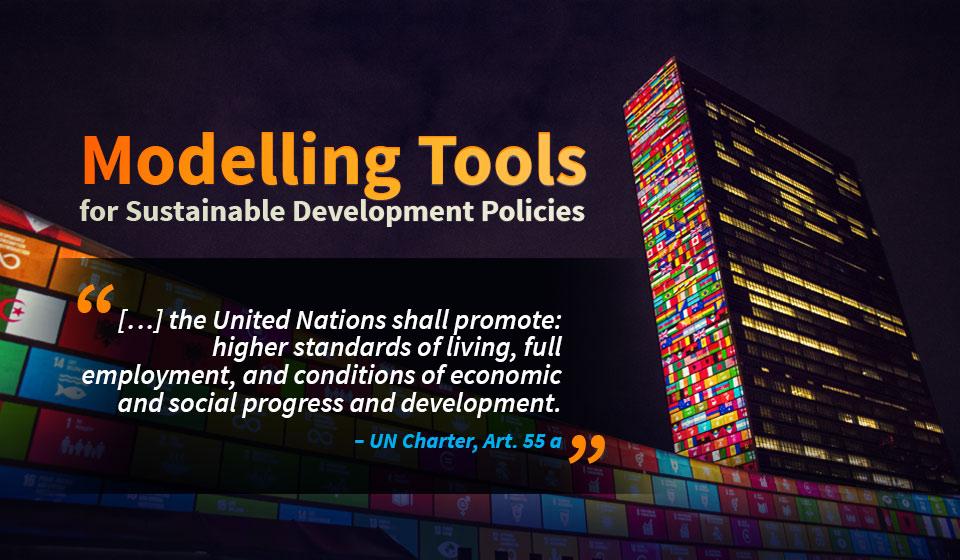
Summer School on Modelling Tools for Sustainable Development
A “Summer School on Modelling Tools for Sustainable Development” will be held from 12 to 28 June in Trieste, Italy.
The Summer School will seek to deepen the modelling skills of some 30 government officials and 15 academics from eight countries in Africa, Asia and Latin America to inform sustainable development policies through more than 100 hours of intensive training sessions. The Summer School will also seek to enrich the discussion on how sustainable development challenges are being perceived by countries, working on integrated assessment modelling tailored to their national circumstances.
The Development Policy and Analysis Division (DPAD) in the United Nations Department of Economic and Social Affairs (UN/DESA) has over 10 years’ experience building capacities in countries to use economy-wide modelling tools. To provide further tools to address the complexities involved in the implementation of the 2030 Agenda, countries will require integrated modelling tools and skills to identify synergies and trade-offs when analysing policy scenarios on the economic, social and environmental dimensions of development. These countries are already participating in modelling-based capacity development projects led by DPAD.
UN/DESA, the United Nations Development Programme (UNDP), the International Centre for Theoretical Physics (ICTP) and the Royal Institute of Technology of Sweden (KTH) have joined in partnership to organize the Summer School. For more information, visit: indico.ictp.it




Follow Us